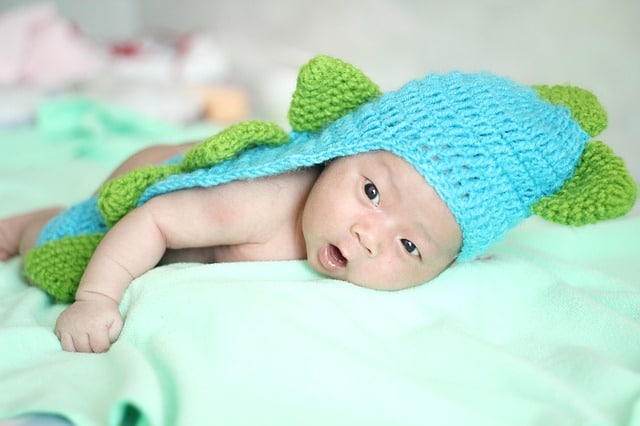Skull deformities and its early detection

Skull deformities in babies are, unfortunately, are increasingly common. Due to current recommendations on the sleeping position of babies (back to sleep campaing suggested placing babies on their back to prevent possible sudden death). As we have just mentioned, this can decrease sudden death, but on the other hand, small cranial deformities in infants have increased. Early detection is crucial to prevent medical problems.
It is necessary to prevent the child from spending many hours sleeping on his back so that the head does not become deformed, especially in the back of the skull, which we call Plagiocephaly . In this case, we will have to change his position from time to time to one side and the other, although most of the time it is better that he continues sleeping on his back.
Another of the possible causes that generate this cranial malformation is due to other factors: intrauterine mechanics, double pregnancies, premature children, births with forceps, torticollis due to birth trauma, etc.
If you are not sure how to identify skull deformities, here is a guide that may help you identify them.
Skull deformities
Another very important factor to take into account is that if the baby is born with a good head and little by little it has been deformed, it could be due to a postural plagiocephaly . If, on the contrary, the baby is already born with a deformed head, it will be necessary to ascertain that it is not a lambdoid craniosynostosis .
Treatment
There are different types of treatment for plagiocephaly , although prevention is best. It is advisable that, in the first months of the baby’s life, which is when the skull is most delicate, the baby changes position. The back should be supported by the crib, although the head can be turned from one side to the other, in addition to looking up, without remaining in the same position for a long time.
When the infant is awake, we can put him on his side or even face down, always watched.
If the deformity persists after 3 or 4 months of life, there are other options that should be reviewed by a doctor. Sometimes it will be necessary to fit a custom plagiocephaly helmet . These helmets are rigid and rebuild the flattened area of the skull, leaving more space in other areas, in this way after a few weeks the head will return to its original state.
Diagnosis
In the early detection of cranial deformities it is very important to be able to solve this problem as soon as possible, and thus prevent it from reaching irremediable extremes.
The diagnosis of plagiocephaly is confirmed with skull radiographs, although it is not completely reliable.
Currently, there is three-dimensional (3-D) computerized axial tomography (CAT) which allows a good view of the skull bones and possible sutures. 3-D CT can be perfect for making a three-dimensional reconstruction of the entire skull with detail of all existing defects.
But many times, it is enough to see with the naked eye that it is a postural plagiocephaly. If you are not sure, you can consult with your own pediatrician.
For more information on therapies for treatment , the extensive professional experience of our team (more than 35 years), or any information about cranial malformations , do not hesitate to contact our centers .
The following page can guide you to find out if your baby suffers from plagiocephaly , or some other cranial malformation.

